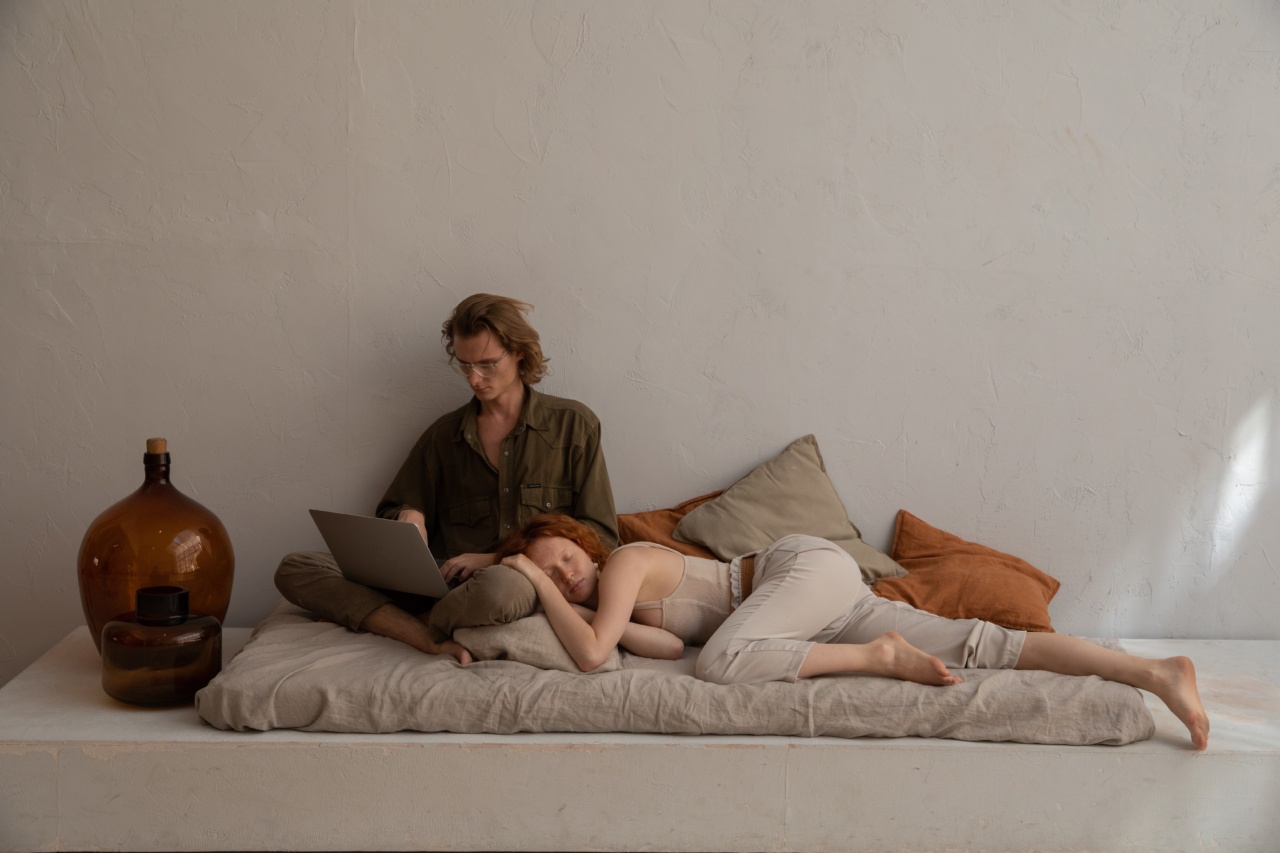Quality sleep is essential for maintaining good physical and mental health.
However, with our modern lifestyle filled with artificial lights and electronic devices, many individuals suffer from sleep disorders and mental health issues such as anxiety and depression. One potential solution to improve sleep and mental health is through light exposure therapy. In this article, we will explore the benefits of light exposure and how it can positively impact your sleep patterns and mental well-being.
The Science Behind Light Exposure
Light has a significant influence on our body’s internal clock, also known as the circadian rhythm. This internal biological clock regulates our sleep-wake cycle, hormonal balance, and various physiological processes.
The circadian rhythm is primarily influenced by the natural light-dark cycle, specifically the presence of blue light that is abundant in sunlight.
The Role of Blue Light
Blue light, with its short wavelength, is particularly effective in regulating our sleep-wake cycle. It suppresses the production of melatonin, a hormone responsible for inducing sleepiness, while increasing alertness and attention.
Exposure to natural blue light during the day helps us stay awake and enhances cognitive function.
The Importance of Morning Light Exposure
Getting sufficient exposure to natural light, especially in the morning, can have a profound impact on your sleep quality and mental health.
Morning light exposure helps to reset your circadian rhythm, making you more alert and awake during the day and promoting better sleep at night.
Benefits of Light Exposure on Sleep
1. Regulation of Sleep-Wake Cycle:.
Exposure to natural light, especially in the morning, helps align your circadian rhythm, leading to better sleep quality and a more regular sleep-wake cycle.
2. Increased Melatonin Production at Night:.
The contrast between exposure to natural light during the day and limited exposure to artificial light at night enhances the production of melatonin, promoting healthier sleep patterns.
3. Improved Sleep Efficiency:.
Light exposure therapy can increase the efficiency of your sleep, meaning you spend more time in deep and restorative sleep rather than tossing and turning throughout the night.
4. Reduced Insomnia Symptoms:.
Individuals suffering from insomnia can benefit from light exposure therapy as it helps regulate their sleep patterns and reduce the time it takes to fall asleep.
5. Prevention of Seasonal Affective Disorder (SAD):.
Light exposure has been found to be an effective treatment for Seasonal Affective Disorder, a form of depression that occurs during the winter months when natural light is limited.
Benefits of Light Exposure on Mental Health
1. Mood Enhancement:.
Exposure to natural light triggers the release of serotonin, a neurotransmitter associated with improved mood and reduced symptoms of depression.
2. Reduced Anxiety:.
Light exposure can help reduce anxiety symptoms and promote a sense of calmness and relaxation.
3. Increased Energy Levels:.
Regular light exposure, particularly in the morning, can increase energy levels, improve motivation, and reduce feelings of fatigue.
4. Improved Cognitive Function:.
Light exposure therapy has been shown to enhance cognitive performance, including attention, memory, and problem-solving abilities.
5. Regulation of Hormonal Balance:.
Light exposure influences the production of hormones such as cortisol, which plays a crucial role in stress regulation and overall well-being.
Tips for Maximizing Light Exposure
1. Rise and Shine:.
Start your day by exposing yourself to natural light, preferably within the first two hours of waking up. Spend time outdoors or sit by a window to get as much light as possible.
2. Seek Outdoor Activities:.
Engage in outdoor activities such as walking, jogging, or gardening to ensure regular exposure to natural light throughout the day.
3. Optimize Workplace Lighting:.
If possible, position your work desk near a window to benefit from natural light. Alternatively, consider using artificial light sources that mimic natural daylight.
4. Limit Evening Light Exposure:.
Reduce your exposure to artificial light, especially blue-light-emitting screens, a few hours before bedtime. Dim the lights in your environment and avoid using electronic devices.
5. Consider Light Therapy Devices:.
If you struggle to get sufficient natural light exposure, you can explore light therapy devices that simulate natural daylight and provide the benefits of light exposure indoors.
Conclusion
Light exposure therapy can significantly contribute to better sleep quality and improved mental health.
Incorporating natural light into your daily routine, especially in the morning, helps regulate your circadian rhythm, enhances sleep efficiency, and promotes a healthier sleep-wake cycle. Additionally, light exposure positively impacts your mental well-being by boosting mood, reducing anxiety, increasing energy levels, and enhancing cognitive function.
By prioritizing light exposure, you can take proactive steps towards achieving optimal sleep and maintaining good mental health.































